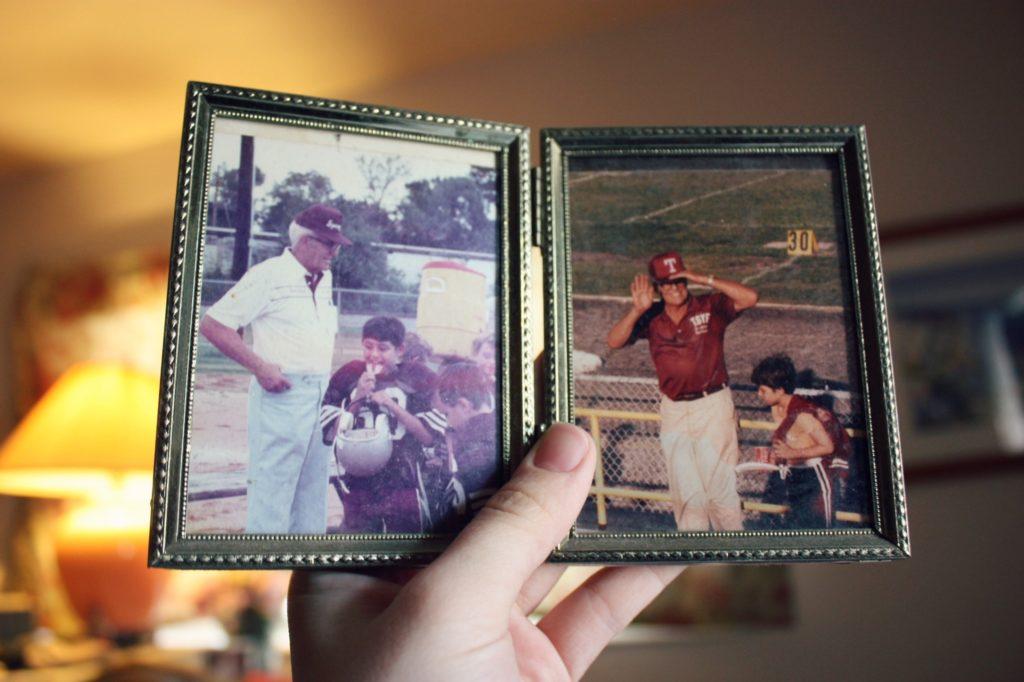Are Monthly Donors Good Legacy Giving Prospects
 You bet!
You bet!
Yet they’re generally undervalued in this regard.
And it’s not just monthly donors who are undervalued.
It’s legacy giving in general.
How robust is your legacy giving program?
Legacy giving is largely misunderstood in the nonprofit world. Too many organizations think it’s not for them. Why?
Do any of these statements sound like something you’ve felt or heard from others within your organization?
- Legacy giving is complicated and overwhelming.
- Legacy giving requires significant legal and financial expertise.
- Legacy giving requires offering “vehicles” we’re not equipped to offer.
These are myths.
Really, all you need is expertise about your mission and the values your organization enacts.
You are a philanthropy facilitator, not an attorney or financial advisor.
As a philanthropy facilitator, it’s part of your job to help loyal supporters make their most passionate, heartfelt gifts. This enables them to enact their values, and to achieve a bit of immortality.

 In
In 
 “Begin at the beginning and go on till you come to the end; then stop.” So wrote Lewis Carroll in Alice in Wonderland.
“Begin at the beginning and go on till you come to the end; then stop.” So wrote Lewis Carroll in Alice in Wonderland.